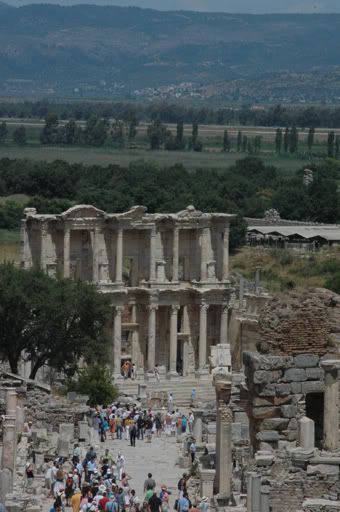
It was true; we did leave the best for last. Ephesus described as the “city of shinning history” did live up to its claim as one of the most well preserved classical cities in the Mediterranean. The ruins that remain today do not give much insight into the rich history that unfolded here over the past two millenniums. Ephesus was a place of extreme importance during the ancient times, as it housed the temple of Artemis - one of the seven wonders of the ancient world. Although the pagan society’s existence predates the Greek and Roman civilizations, they were not immune to the conquest by both empires. This is evident as Artemis, the pagan virgin goddess of the hunt and moon became known as Diana after the Roman conquest. During this period Ephesus, became the first roman provincial capital in Asia. At its zenith, Ephesus had 250,000 inhabitants and was a great place of commerce and trade along the infamous silk roads. The first bank in the world was established here as commerce was a major contributor to the success of this city. Cleopatra and Mark Anthony have been said to have visited this great city to visit the baths, and grand theatre.

More than just commerce was exchanged here, as different ideas were allowed to be expressed and developed. Christianity was one of those ideas, and it was here that St. John and the Virgin Mary found refuge, developed and preached Christianity and lived out their days on earth.
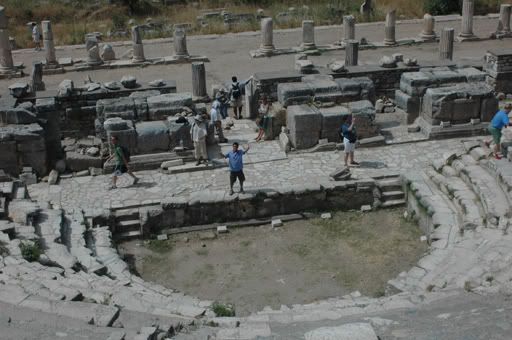
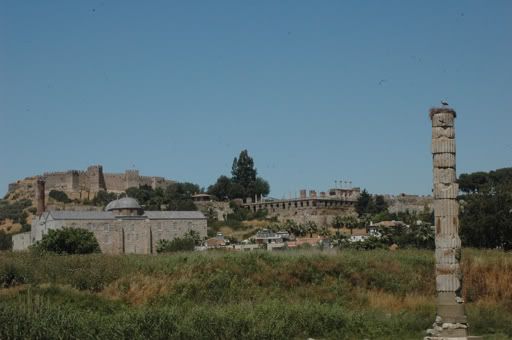
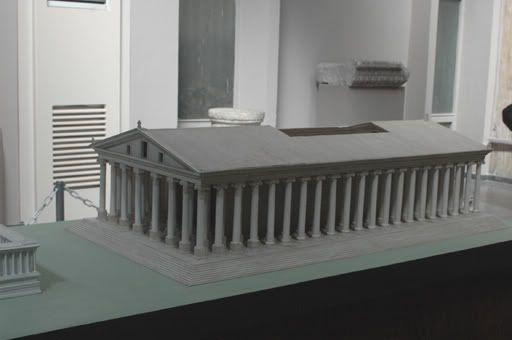
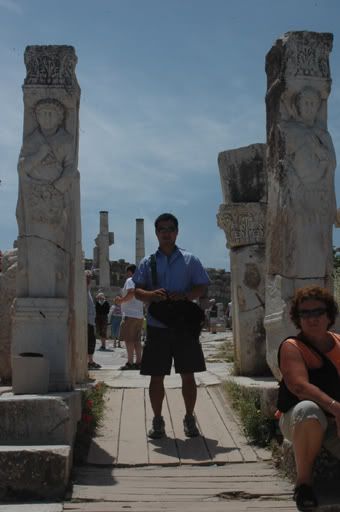

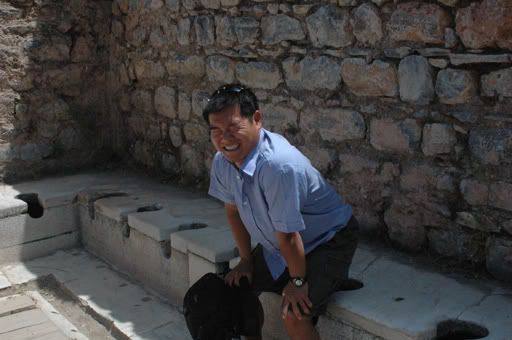
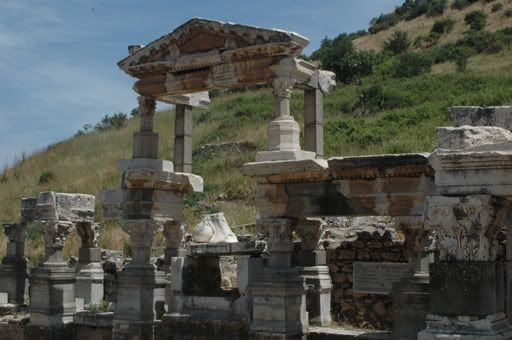

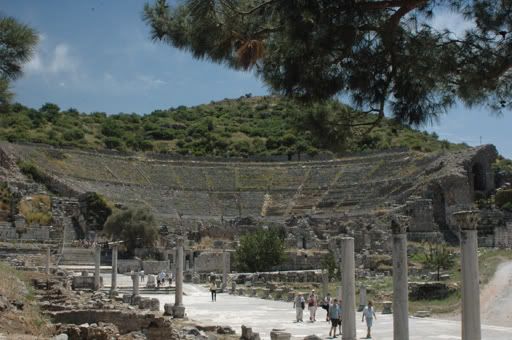
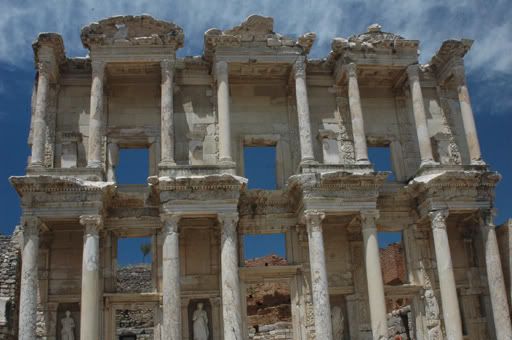
As we meandered through the site, I could not help but think of my grade school social studies class where we learned about the Greek and Roman Empires, and people like Alexander the Great, Cleopatra, Mark Anthony, and Julius Cesar. But here the Greeks and Romans actually came alive. They lived and breathed not in the books that we read, but on the same land that I now walked through.
It was a surreal experience walking through the ruins of Ephesus as you can really get a sense of how the city would have functioned. There is just enough of the city that remains to give you a clear sense of order as well as the daily activities that would have unfolded in the streets, and in the public and private realms. More impressive was the fact that Christianity – a fundamental idea that has helped shaped the western world as we know it today, laid its roots here in this soil some two thousand years ago. It was also a humbling experience as we realized that this ancient civilization had everything we have today. It makes us question just how far advanced we have really come?
1 comment:
Thanks, I just finished reading all about the Roman Empire. I should've posted the questions and have you guys do the essays.
... I couldn't see the Nike swoosh
Sean
Post a Comment